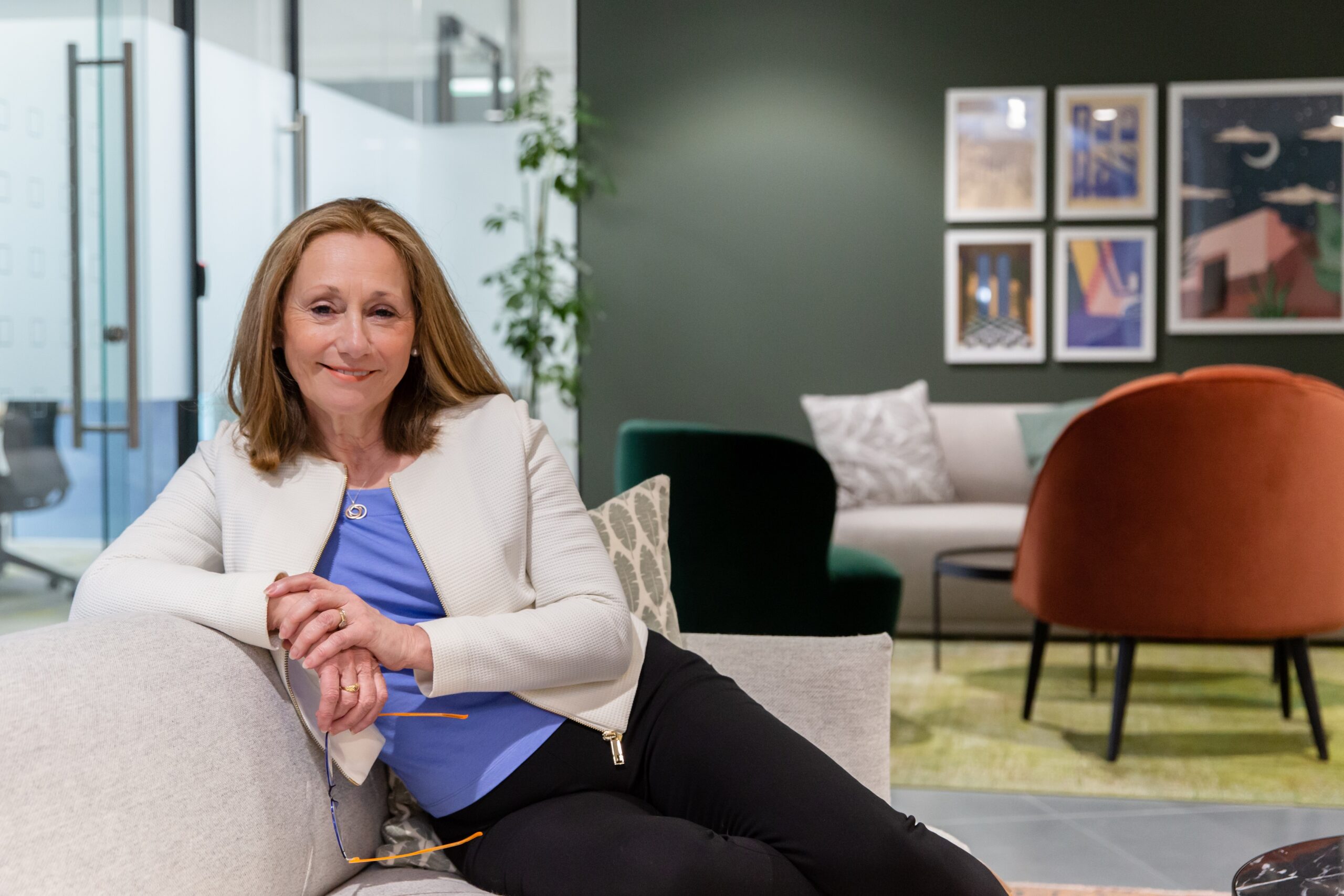Discover how shifting the emphasis from skills to capabilities fosters growth, innovation and mental wellness with Ben Satchwell
Skills, skills, skills. We’re hearing a lot about the skills revolution. Should we become a skills-based organisation or a skills-driven organisation? Are we going to do away with traditional job roles and descriptions, segment everyone by their technical skills and simply deliver our performance outcomes based on fluid and dynamic projects?
I’m not so sure.
From the conversations I have, organisations are realising that success isn’t just about skills in isolation. Many HR and organisational development leaders are taking it further by focusing not only on processes, technologies and strategies but on people more holistically. Specifically, it’s about harnessing the right capabilities – a blend of skills, knowledge and behaviours that drive business outcomes.
Capabilities are more than individual assets – they are organisational strengths that drive sustainable performance, innovation and adaptability
Work design – the intentional structuring of jobs and roles – plays a pivotal role in unlocking and nurturing these capabilities. When done thoughtfully, work design empowers employees to use their full potential, improves business performance, and fosters mental wellness by aligning work with what people do best.
What do we mean by capabilities?
One thing we can all agree on in the people profession is we struggle to globally have shared definitions of industry terms. In the context of this article and in the spirit of a shared definition, ‘capabilities’ go beyond the traditional understanding of skills or competencies. They refer to a holistic mix of:
- Skills: The technical or soft skills employees need to perform their tasks effectively.
- Knowledge: The information, insights, and expertise employees accumulate and apply in their roles.
- Behaviours: The attitudes and actions that shape how employees work, collaborate and lead.
Capabilities are more than individual assets – they are organisational strengths that drive sustainable performance, innovation and adaptability.
The power of capability-driven work design
Work design that is centred on capabilities has the potential to transform not only individual performance but also organisational outcomes. Here’s how:
Aligning roles with core capabilities
Traditional job descriptions often focus on task completion rather than leveraging capabilities. In contrast, capability-driven work design starts by understanding the key outcomes needed from a role and then aligning it with the capabilities required to achieve those outcomes. This allows employees to apply their strengths and improve productivity.
Bringing it to life: If a role requires strong problem-solving and analytical skills, redesigning the role to emphasise decision-making and strategic thinking, rather than rigid task-based execution, can yield better results.
Enabling learning and growth
Capabilities are not static; they evolve with learning and experience. When work design encourages continuous development, it supports employees in expanding their capabilities. Designing jobs with opportunities for learning, mentorship and cross-functional collaboration fosters both personal growth and innovation.
Bringing it to life: Offering ‘stretch’ assignments or rotational roles gives employees the chance to develop new skills and behaviours, broadening their capabilities and future value to the organisation.
Fostering a culture of empowerment
Employees are more engaged and motivated when they feel empowered to use their capabilities to make meaningful contributions. Work design that allows autonomy, flexibility and decision-making authority enables employees to take ownership of their roles, driving better outcomes.
Bringing it to life: When frontline employees have the authority to resolve customer complaints without escalating to management, their sense of responsibility and problem-solving skills are enhanced, leading to faster resolutions and higher customer satisfaction.
Encouraging collaboration and innovation
Capabilities often flourish when they are shared and developed in collaboration with others. By designing work environments that promote teamwork, knowledge sharing and collective problem-solving, organisations can unleash greater creativity and drive innovation.
Bringing it to life: A team-based structure where employees from different disciplines work together on shared goals allows diverse capabilities to blend, resulting in more innovative solutions than isolated efforts.
The link between work design, capabilities and mental wellness
Beyond improving business outcomes, capability-driven work design has significant implications for employee mental wellness. When employees are empowered to use their capabilities effectively, they experience a sense of achievement, purpose, and growth – key factors for maintaining positive mental health at work.
These are my observations on how:
- Reduced stress: Employees whose capabilities align with their roles are less likely to feel overwhelmed or underutilised, reducing stress levels.
- Increased engagement: Meaningful work that leverages an employee’s strengths leads to higher engagement and satisfaction.
- Better support networks: Capability-driven roles often involve collaboration, which creates a stronger support network and reduces feelings of isolation.
- Opportunities for growth: Continuous learning and development opportunities help employees stay motivated and resilient in the face of challenges.
Steps to implement capability-driven work design
To lead with capabilities, organisations need to rethink how they design jobs and roles. Here are some practical steps:
Identify key capabilities: Start by determining the critical capabilities required to drive your business outcomes. This might involve conducting a capability audit or mapping the skills, knowledge, and behaviours linked to high performance.
Redesign roles for flexibility: Ensure roles are designed to allow for flexibility, autonomy and decision-making, so employees can fully utilise their capabilities.
Embed continuous learning: Create structures that enable employees to continually build their capabilities through on-the-job learning, formal training and mentorship.
Promote cross-functional collaboration: Encourage team-based projects or task forces that bring together diverse capabilities to solve complex challenges.
Measure and adjust: Regularly assess how effectively your work design is leveraging employee capabilities and make adjustments where needed. Employee feedback and performance data can provide valuable insights.
The future of work lies in capabilities
As organisations navigate the complexities of a changing world, capability-driven work design will become an increasingly vital tool for success.
By aligning jobs with the unique capabilities of their people, companies not only unlock higher performance but also create a more resilient, engaged, and mentally healthy workforce.

Ben Satchwell is Head of Capabilities at Acorn




